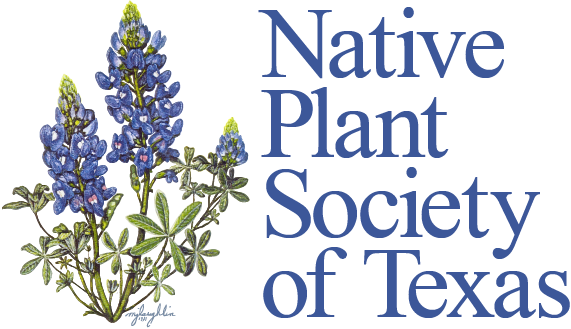Peggy Sechrist, an advisor to the Soil for Water Initiative (a project of the National Center for Appropriate Technology), will share key soil health principles that have been emerging in the field of soil science for the last 10 years. This is a timely topic for a drought stricken region. She will be addressing the monthy Fredericksburg Chapter meeting at 7:00 September 26 at St. Joseph’s Halle (212 W. San Antonio St., Fredericksburg).

“Peggy has 35 years of regenerative agriculture and ranching experience in the Hill Country,” noted Deborah Simmons, President of the NPSOT Fredericksburg Chapter. “Her talk will be beneficial for everyone regardless if you manage a large ranch or have a small city yard.”
Sechrist is a practitioner of holistic management, an approach to land management the helps regenerate degraded landscapes and improve the livelihoods of the people living on them. She and her husband, Richard, have been restoring native species on the ranch they have managed for 30 years. She has been a Professional Certified Educator in Holistic Management since 1992 and is currently an advisor to Elizabeth McGreevy’s “Project Bedrock.”
“Through application of holistic management, we were the first ranchers in Texas to create a certified organic, grass-fed beef operation in 1995,” said Sechrist. “Because of this management we have seen the return of Eastern gamma grass along the riparian areas and Indian grass returning to the uplands along with many other diverse species of native plants. I’m looking forward to sharing this information and answering questions at the upcoming meeting.”
– Holly Simonette

